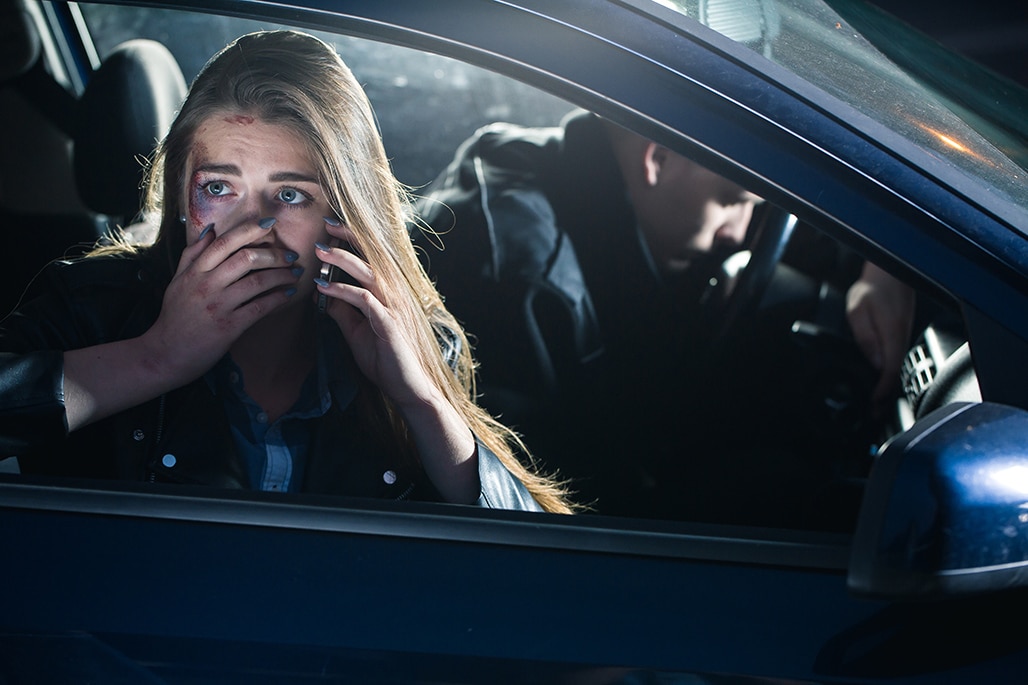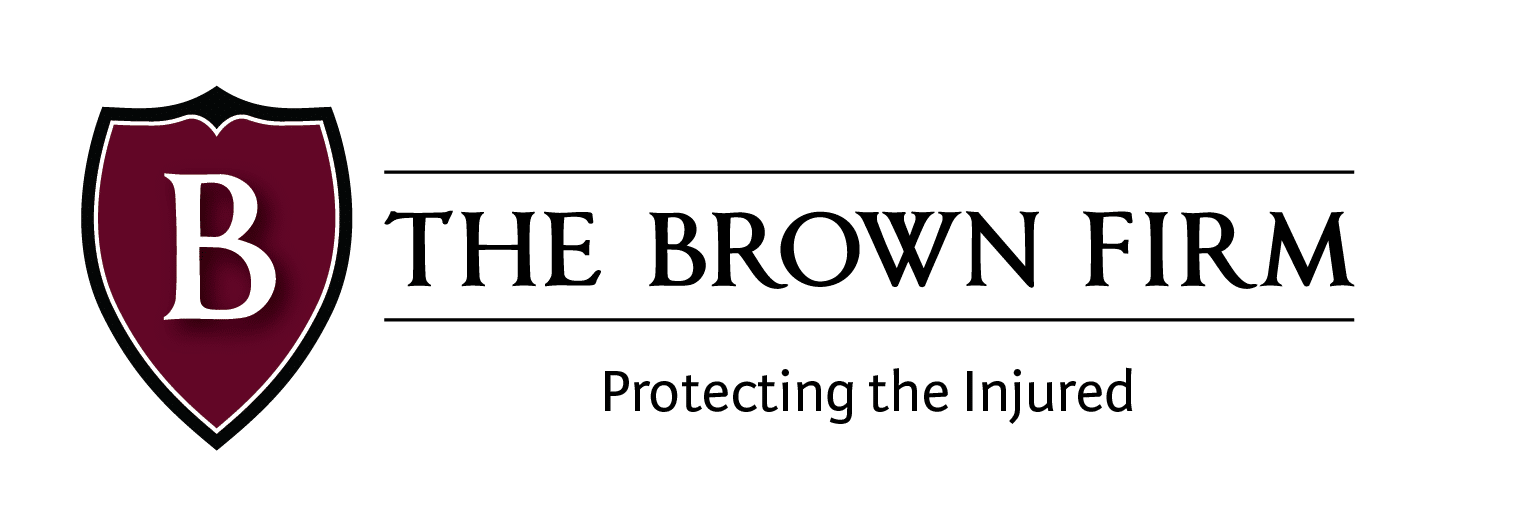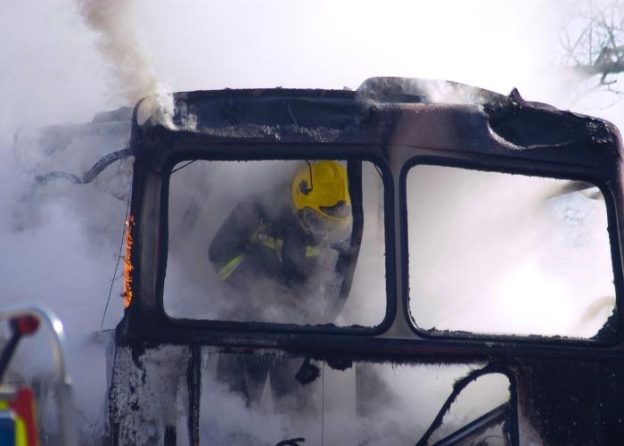Who Is Responsible In A Multi-Car Accident?
Multiple-vehicle crashes, or chain reaction accidents, occur when two vehicles collide, followed by a third vehicle colliding with the first two.
One driver hits another driver, who hits another, and so on.
There are several types of multiple vehicle crashes, such as rear-end accidents, head-on collisions, intersection crashes, and lane change accidents.
When it’s all said and done, you have a series of collisions, and it can be difficult to determine liability.
A typical two-car accident can be difficult to determine fault, so when you add in more vehicles to the equation, it gets much more complicated.
A prevalent myth about multi-car accidents is that the first or last vehicle in the accident is liable.
Maybe that’s the case some of the time, but fault must be determined on a case by case basis.
Luckily, some general principles will help.
In the article below, we will talk about assigning fault in a multi-car accident.
I met with Harry Brown personally and he sat with me for 20 minutes at our initial consultation to explain everything. He even called after my surgery to see how I was doing. I met with him several more times after that and was kept informed about my case throughout. I highly recommend Harry Brown as an attorney.
What is a Multi-Car Accident?
Multi-car accidents occur when three or more vehicles are involved in the same accident.
Many times, this is a series of rear-end accidents caused by the force of an initial collision between two cars.
Let’s say you are sitting at a red light. You will be Driver A.
Suddenly, Driver B comes speeding behind you, not paying attention to the red light, doesn’t stop in time, and hits your car from behind.
The speed and impact of your collision with Driver B cause your car to move forward and hit Driver C. Driver C is also forced forward, causing their car to hit Driver D.
Then, Driver E comes up and collides with Driver B.
By the end of it, we have several cars all involved in the same accident.
Multi-car accidents sometimes involve several drivers driving carelessly, making it challenging to win a personal injury claim pertaining to the accident.

Proving Fault in a Multiple Car Accident
It’s challenging to win a personal injury claim in a multiple-car accident because you have to prove fault first.
Proving fault is essential for winning claims and lawsuits.
Whoever is proved to be at fault for the chain reaction accident will be legally obligated to compensate all injured parties for their damages.
But, every insurance company will defend their client and try to prove they were not at-fault, or at least only partially at-fault.
Add in multiple victims and insurance companies, and things can get dicey.
And, if you are in a state with a comparative fault law, proving fault is just as important.
Comparative fault will decrease the injured party’s compensation related to the amount of fault they were assigned in the accident.
And many times, if you were deemed to be 50% at fault or more, you will not be able to collect any damages, even if you were severely injured.
So, Who Was At Fault?
The last person involved in the chain-reaction crash isn’t always at fault. In fact, they are usually assigned the least amount of responsibility.
Whoever caused the initial wreck is usually held liable for all of the other car accidents.
Theoretically, if they never wrecked, no one else would have either.
Sometimes multiple parties can be found at fault.
A few examples of liability in a multi-car crash are:
- A car failing to use a turn signal causes another car to rear-end them. The vehicle who didn’t signal would be liable.
- A driver was driving too close to the car in front of them, resulting in a rear-end collision. The driver following too closely is responsible.
- A speeding driver collides with another car. The driver who was speeding is responsible.
- A distracted driver drives through a stop sign at a busy intersection. The driver who ran the stop sign is responsible.
When Multiple Parties Are At Fault
In another situation, Driver A rear-ends Driver B because they were tailgating. Driver A is responsible for the accident.
Another driver, Driver C, comes along, scrolling Facebook on his phone, and doesn’t notice the collision.
Driver C doesn’t stop in time and collides with Driver A adding to the collision. Because Driver C was driving recklessly on his phone, he is liable for the damage to Driver A’s car.
When multiple vehicles are affected in a chain reaction accident, things get confusing, and problems start piling up.
When two or more vehicles are partly responsible for damage to multiple cars, it can be difficult to assign fault and award compensation.
Figuring Out the Cause of a Chain Reaction Accident
In a perfect world, everyone involved in the car crash, as well as eyewitnesses, will agree on what happened. Fault will be assigned, compensation is awarded, and everyone gets on with their life.
Unfortunately, though, we do not live in a perfect world.
The vehicles involved in the accident and the eyewitnesses can have several different accounts of what happened, even if they aren’t acting maliciously.
To figure out what happened, a lawyer will compare the witness statements to the statements of the parties involved and compare them to physical evidence from the scene of the accident.
Things that will be investigated are the damage to each vehicle, skid marks, how many times each driver was hit, and when the collisions occurred.
A good accident attorney will be able to put the accident together piece by piece, making sure you get the compensation you deserve for your vehicle damage and medical bills.
If You’ve Been Involved in a Multi-Car Accident, Hire a Lawyer
Figuring out who is liable for a multiple-car accident is complicated. It isn’t something you should attempt to do on your own, especially if you are injured.
Not only do you have to deal with the other drivers in the accident, but you have to deal with their insurance companies and lawyers as well.
The more blame that can be placed on you, the less everyone else has to pay out.
To protect yourself, you need to hire an experienced car accident attorney who will keep your best interests in mind.
The Brown Firm has years of experience helping people just like you.
The Brown Firm offers free consultations to all new clients so they can evaluate your case and help you determine the best course of action.
To schedule your Free Consultation and free case evaluation with The Brown Firm Car Accident Lawyers, click the button below.
Ready to Talk to a Lawyer Who Has Your Back?
Our Recent Personal Injury Articles
Overloaded Truck Accidents in Georgia: Who’s Responsible?
A bus caught fire on Friday night at Ashford Dunwoody Road and I-285 West, causing delays during rush hour. The ramp was closed, and firefighters were able to put out...
The Most Common Causes of Teenage Driver Accidents
A bus caught fire on Friday night at Ashford Dunwoody Road and I-285 West, causing delays during rush hour. The ramp was closed, and firefighters were able to put out...
Postal Worker Dog Attacks: Protecting the Rights of Delivery Personnel
A bus caught fire on Friday night at Ashford Dunwoody Road and I-285 West, causing delays during rush hour. The ramp was closed, and firefighters were able to put out...
The Impact of Texting and Driving Laws on Car Accident Liability in Atlanta
A bus caught fire on Friday night at Ashford Dunwoody Road and I-285 West, causing delays during rush hour. The ramp was closed, and firefighters were able to put out...
Pedestrian Accidents on Crosswalks in Savannah: Proving Driver Negligence
A bus caught fire on Friday night at Ashford Dunwoody Road and I-285 West, causing delays during rush hour. The ramp was closed, and firefighters were able to put out...
Gearing Up for Survival: The Importance of Proper Motorcycle Safety Equipment
A bus caught fire on Friday night at Ashford Dunwoody Road and I-285 West, causing delays during rush hour. The ramp was closed, and firefighters were able to put out...
Why Nursing Home Staff Shortages Leave Residents Vulnerable to Potential Mistreatment
A bus caught fire on Friday night at Ashford Dunwoody Road and I-285 West, causing delays during rush hour. The ramp was closed, and firefighters were able to put out...
When Taxi Drivers Cause Pedestrian Accidents: Legal Options for Injured Parties
A bus caught fire on Friday night at Ashford Dunwoody Road and I-285 West, causing delays during rush hour. The ramp was closed, and firefighters were able to put out...
Bicycle Accident Settlements – What Compensation Can You Expect?
A bus caught fire on Friday night at Ashford Dunwoody Road and I-285 West, causing delays during rush hour. The ramp was closed, and firefighters were able to put out...
Nursing Homes Overprescribing Drugs to Silence and Subdue Patients
A bus caught fire on Friday night at Ashford Dunwoody Road and I-285 West, causing delays during rush hour. The ramp was closed, and firefighters were able to put out...
Contact The Brown Firm
Get the Answers and Compensation You Deserve
You’ll notice the difference when you contact The Brown Firm! Our local dedicated attorneys want to help you recover and rebuild.
Schedule your free consultation by calling (800) 529-1441 or completing our simple online form.

